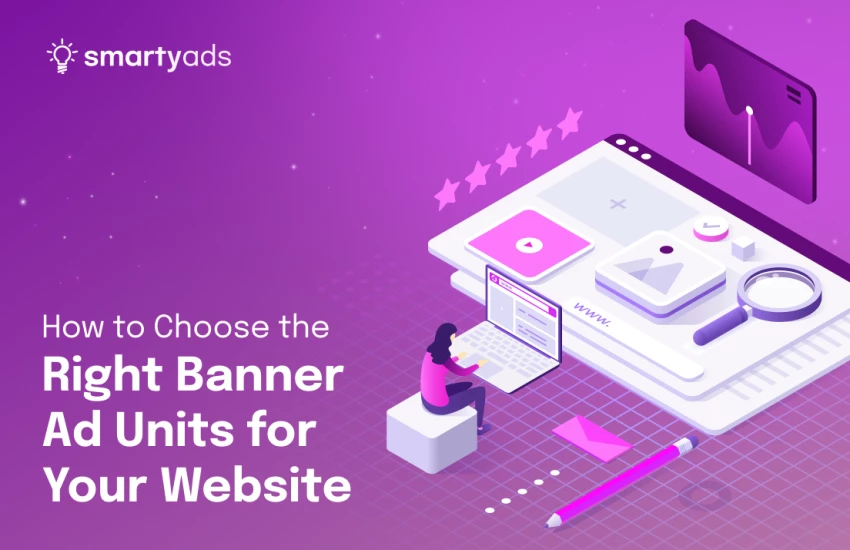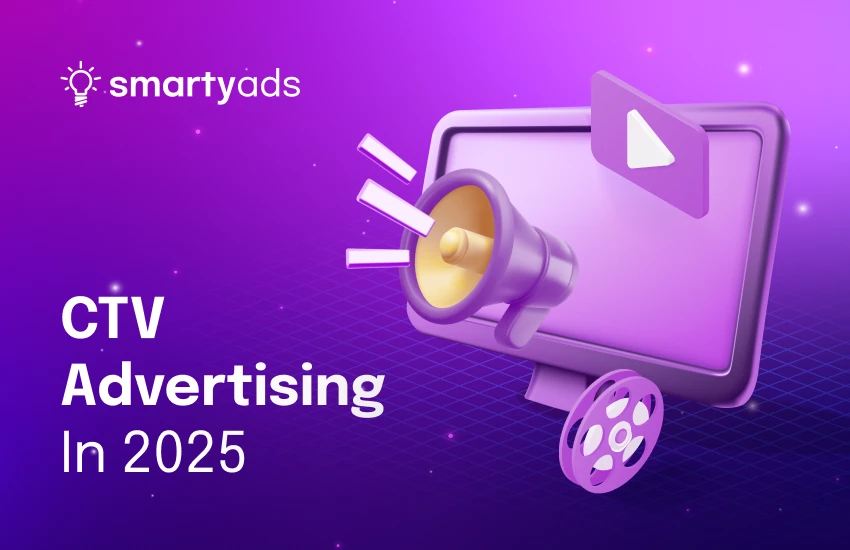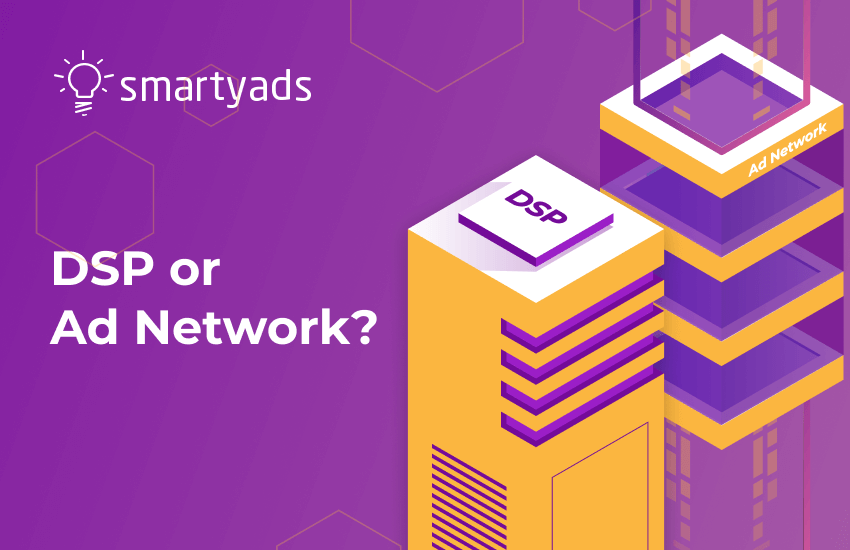You’ve done the hard part. The site looks great, the content’s on point, and people are finally showing up. Feels good, right? But then comes that next hurdle: making it all pay off.
So you toss in a few banner ads. Nothing too wild—just enough to (hopefully) start bringing in some revenue without scaring folks away. And then... bounce rates creep up. Users start groaning. The ads feel like they just don’t belong.
Sound familiar?
You’re not alone. This is the tightrope every publisher walks—how do you make ads that actually work with your site instead of clashing with it? Ads shouldn’t feel like clutter. They should flow with your content, match your design vibe, and—most importantly—perform without pushing people away.
And that’s exactly why the ad format you choose matters. A lot.
Ads shouldn’t just fill space, they should complement your website and engage your users without being annoying. That’s why choosing the right ad format is key.
Сhoosing the right ad format is critical for maximizing user engagement, ad revenue, and user experience. On our SSP platform, we offer four main banner formats: Standard banner, Scroller, Interscroller, and Sticky.
They're designed to be engaging, non-intrusive. Let's talk about how they work, why they're better, and why your website needs them.
Overview of the whole pack of ad formats
Before we get into the nitty-gritty details of each format, let's take a step back and look at the bigger picture.
Standard Banners – Everyone knows them. It's static or animated pictures that sit in special spots on a webpage.
Scroller Ads – These move with the user as they scroll, subtly staying in view without being disruptive. It's like a friendly companion walking alongside you.
Interscroller Ads – The dramatic ones. They elegantly reveal themselves as the user scrolls, briefly taking over the screen before fading away—high-impact but smooth.
Sticky Banners – These ads stick to a fixed position (top, bottom, or side), staying visible no matter how far down the user scrolls.
Each ad type has its moment. It's just a matter of matching it to what your users will actually notice.
The Classic Banner Ads
A rectangular ad. We've all seen it usually quietly sitting at the top or bottom of a page or maybe tucked off to the side. It's been part of the web for years. Sure, it's not exactly exciting, but in the right spot, it still does what it's supposed to.
They've been around forever, and while they might feel a bit old-school, they're still part of the toolkit.
On the bright side, they're simple to implement and easy to work across all websites.
Best fit for publishers:
- News websites with heavy content volume
- Blogs and forums where the ad experience needs to be lightweight and unobtrusive
- Sites with consistent traffic where brand impressions matter
- Publishers looking for non-intrusive monetization
Scroller Banner Ads
Scroller ads quietly move with you as you scroll through a page. No big entrances, no flashy moves. They just stick around, staying visible without being annoying.
That's what makes them work so well. Instead of screaming for attention, they show up as part of the content. It's smooth, it's low-key, and by the time you reach the end of the article, you've already seen the ad more than once—without even thinking about it.
They tend to work best on sites where:
- Pages are with long scroll depth
- People actually take time to read the content. Usually, it's news sites, blog posts
- Lifestyle or fashion media where users scroll naturally for visual content
Interscroller Banner Ads
Scroller ads follow you quietly, but interscroller ads like to make an entrance. As you're scrolling, the ad gently fades in and fills the screen for a moment—then fades back out without a fuss.
It grabs attention without being annoying. It's noticeable, but not overwhelming. And that balance is what makes it work so well. Instead of aggressively fighting for attention, interscrollers introduce themselves like a charming stranger at a party—just long enough to make an impression before gracefully stepping aside.
Work the best on websites where:
- Content is highly visual (think fashion, travel, automotive)
- Users tend to scroll through long pages
- Brands want to stand out without pop-ups or overlays
- The audience values aesthetics and experience
- Publishers want to monetize without ruining UX
Sticky Banner Ads
Some things just like to stick around—like that song you can’t get out of your head, or the snack you weren’t planning to eat but keeps calling your name from the kitchen. That’s the vibe of a sticky banner.
Unlike regular banners that politely disappear as you scroll, sticky banners hang out on the screen—at the top, bottom, or side—always visible, always ready. For publishers, that means maximum viewability and better click-through rates, just by showing up and staying put.
They don’t need flashy tricks or aggressive refreshes. They quietly perform, driving action without being pushy. Whether it’s a special offer, a sign-up prompt, or a reminder to complete a purchase, sticky banners get the job done with steady presence.
They’re also mobile-friendly by nature, which is perfect for audiences who are scrolling fast and making quick decisions.
Best fit for publishers with:
- Entertainment and news websites
- Mobile-optimized sites where attention spans are short
- Pages that benefit from always-on messaging
- A need for reliable, high-performing ad space without overcomplicating things
So, which one should you choose?
The right answer? It depends on your site and your audience. If you're running a news site, scrollers might be your best friend if you want a high-impact, visually stunning ad experience, go for interscrollers. And if you need a constant, friendly nudge, sticky banners will do the job.
Try these new formats, experiment, and find what works best for your audience. After all, advertising is all about adapting, and the best ads don't feel like ads at all. They feel… right.
Contact us so that we help you to choose the best option.




